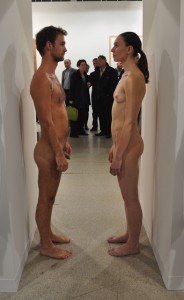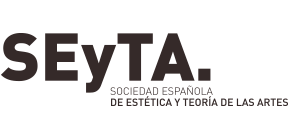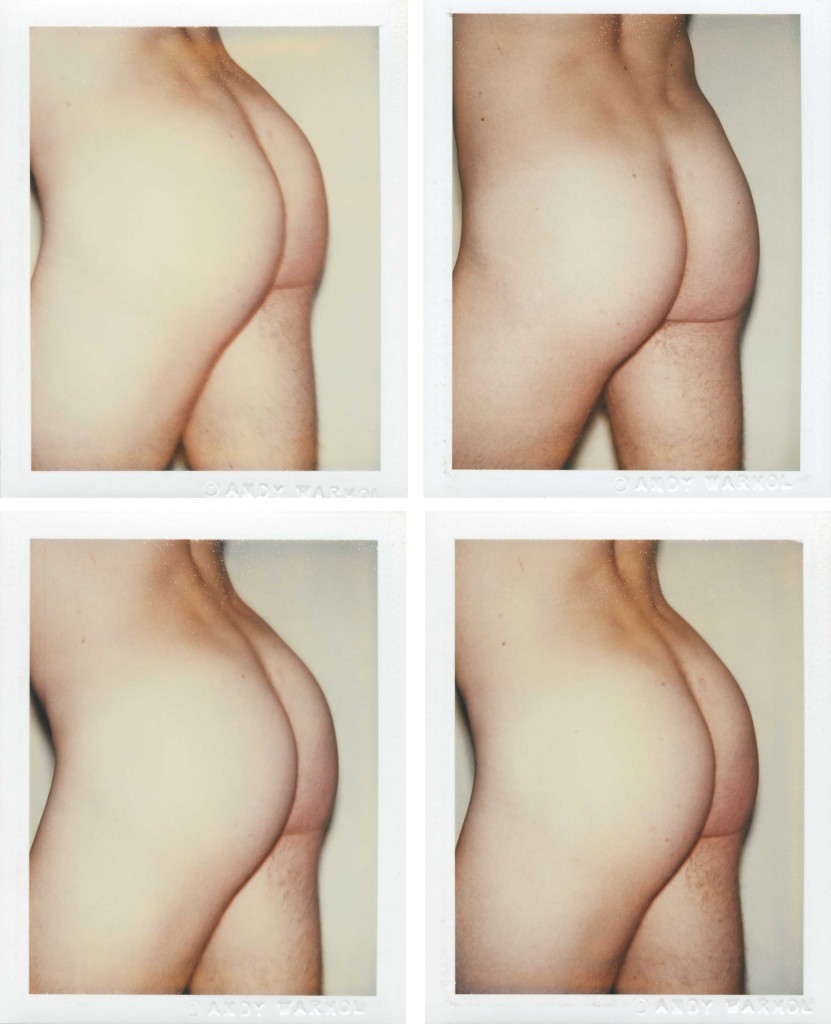La somaestética, según Richard Shusterman, amplía la esfera de la estética hacia lo social y lo político desde una reconsideración del cuerpo como factor determinante de la experiencia. The Journal of Somaesthetics invita a enviar artículos sobre somaestética y alimentos. Fecha límite para recepción de contribuciones: 1 de febrero de 2015.
The Journal of Somaesthetics
The Journal of Somaesthetics is a peer-reviewed, online, academic research journal devoted to research that advances the interdisciplinary field of somaesthetics, understood as the critical study and meliorative cultivation of the experience and performance of the living body (or soma) as a site of sensory appreciation (aesthesis) and creative self-stylization. The journal therefore welcomes contributions exploring the field of somaesthetics through one -or more- of the many disciplines that already inform this field: philosophy, aesthetics, arts and design research, technology studies, somatic, health, and social sciences, history, physiology, psychology and pedagogy.
The Journal of Somaesthetics will be published twice a year, and each issue will be principally structured on a particular theme or topic. Supported by a distinguished multidisciplinary and international editorial board of advisors,
The Journal of Somaesthetics is edited by Else-Marie Bukdahl (Denmark), Richard Shusterman (USA), Stahl Stenslie (Denmark/Norway).
Future Issues/
#1: Somaesthetics and Art – expected publishing date January 2015
#2: Somaesthetics and Food (Upcoming)
#3: Somaesthetics and Bodies of Belief (Upcoming)
#4: Somaesthetics and Technology (Upcoming)
What is Somaesthetics?
http://www.interaction-design.org/
Somaesthetics is an interdisciplinary research product devoted to the critical study and meliorative cultivation of the experience and use of the living body (or soma) as a site of sensory appreciation (aesthesis) and creative self-stylization. An ameliorative discipline of both theory and practice, somaesthetics seeks to enrich not only our discursive knowledge of the body but also our lived somatic experience and performance; it aims to improve the meaning, understanding, efficacy, and beauty of our movements and of the environments to which our actions contribute and from which they also derive their energies and significance. To pursue these aims, somaesthetics is concerned with a wide diversity of knowledge forms, discourses, social practices and institutions, cultural traditions and values, and bodily disciplines that structure (or could improve) such somatic understanding and cultivation, and it is therefore an interdisciplinary project, in which theory and practice are closely connected and reciprocally nourish each other. It is not limited to one theoretical field, academic or professional vocabulary, cultural ideology, or particular set of bodily disciplines. Rather it aims to provide an overarching theoretical structure and a set of basic and versatile conceptual tools to enable a more fruitful interaction and integration of the very diverse forms of somatic knowledge currently being practiced and pursued. There is an impressive, even overwhelming abundance of discourse about the body in many disciplines of contemporary theory and commercial enterprise. But such somatic discourse typically lacks two important features. First, a structuring overview or architectonic that could integrate their very different discourses into a more productively coherent or interrelated field. It would be useful to have a broad framework (which does not mean a unified, highly consistent system) that could connect, for example, the discourse of biopolitics to the therapies of bioenergetics, the neuroscience of hand gestures to their aesthetic meaning in Nõ theater. The second feature lacking in most academic discourse on embodiment is a clear pragmatic orientation — something that the individual can clearly employ or apply to his or her life in terms of disciplines of improved somatic practice. Somaesthetics offers a way to address both these deficiencies.

Marina Abramovic, Performance con pareja desnuda permaneciendo quieta y flanqueando una entrada, Art Basel 2012.
Relevant Links/
http://journals.aau.dk/index.php/jos
The Somaesthetics Google Group
The Center for Body, Mind, and Culture
Call for Papers/ Somaesthetics and FoodThe past decades have seen both an increase in the interest in academic work related to food and drink, and the development of the interdisciplinary field of somaesthetics. Yet to date, there has been less attention given to food within the field of somaesthetics as one might anticipate for a field dedicated to the investigation and improvement of the body. This special issue of the Journal of Somaesthetics invites papers on any topic, from any disciplinary perspective, that explore the intersection of somaesthetics and food. For the purposes of this issue, “food” and “eating” are construed broadly to include drinking as well. Topics of interest include, but are not limited to:
Deadline/ February 1, 2015 Papers should be between 5,000 and 8,000 words and prepared for blind review Authors should submit a separate cover page including: author’s name, institutional affiliation, word count and contact information. All submissions should be sent to the Associate Editor, Russell Pryba at rpryba@gmail.com. Please put “Somaesthetics and Food” in the subject line. |









